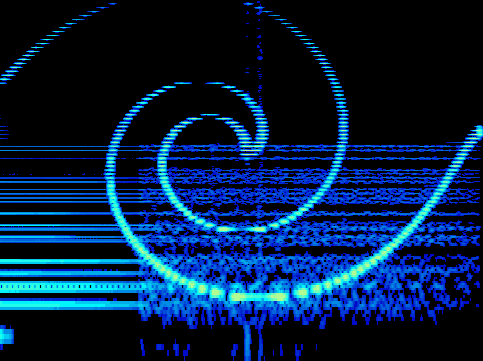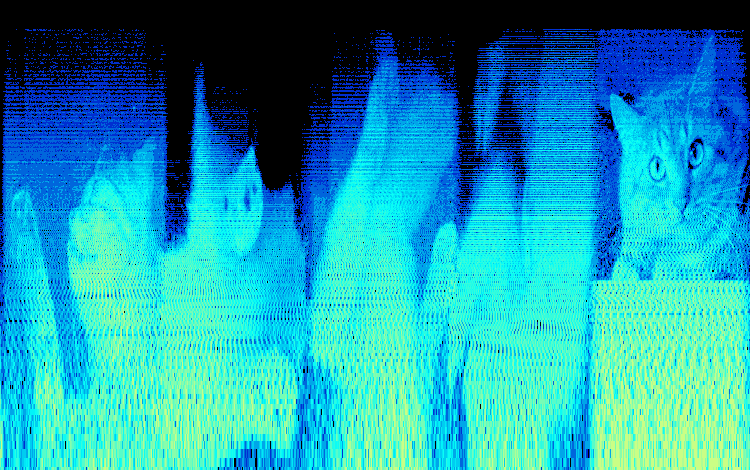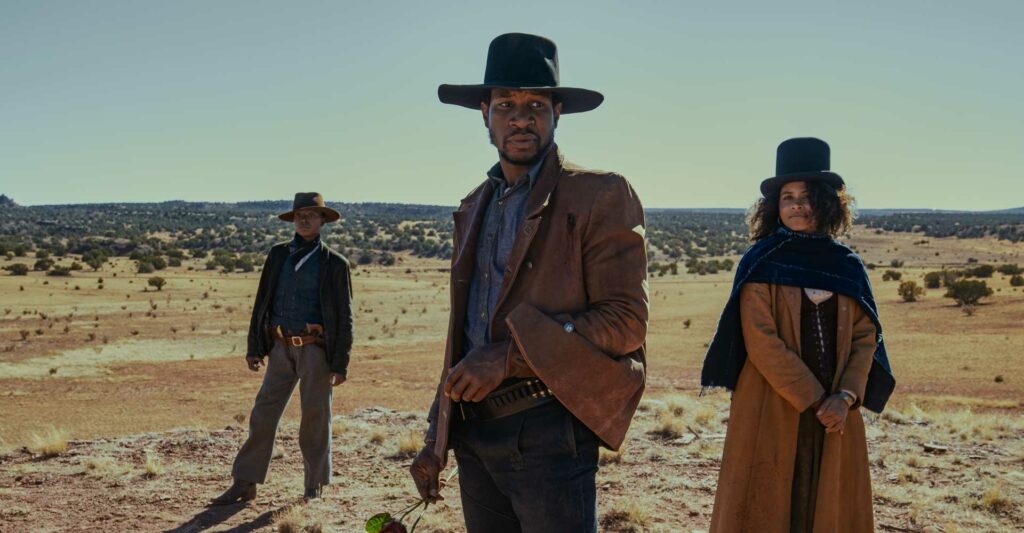Jeder Charakter hat eine eigene Seele, eigene Gefühle und eigene Ansichten zu bestimmten Themen. Um diese Gefühlszustände nach außen hin klar ersichtlich zu machen, braucht jede Aktion, welche dem Betrachter übermittelt werden soll, eine bestimmte Anzahl an key poses. Key poses stellen die ausdrucksstärksten Bilder einer bestimmten Bewegung dar und sind essentiell für die verständliche Übermittlung von Animationen.
Doch was ist nun eine gute key pose?
Prinzipiell spielen bei der Beantwortung dieser Frage einige wenige Faktoren eine wesentliche Rolle.
1. eine klare und eindeutige Erkennbarkeit
Eine key pose muss sofort lesbar sein, denn diese sind das Aushängeschild jeder Art von Bewegungen. Lässt eine key pose Spielraum für Interpretationsmöglichkeiten zu, darf man nicht mehr erwarten, dass diese Aktion vom Betrachter korrekt verstanden wird. Es soll klar erkennbar sein, was eine Figur tut, auch wenn man dabei nur ihre Silhouette sieht. Klarheit hat höchste Priorität.

Key poses helfen nicht nur den Animatoren bei der Entwicklung von ihren Animationen, sondern übermitteln dem Betrachter eine große Menge an Informationen in Bezug auf die derzeitigen emotionalen Zustände verschiedener Charaktere.
In Bild 1 befinden sich alle zu sehenden Figuren in eine ihrer ausdrucksstärksten Körperhaltungen – also in eine ihrer key poses. Fokussieren wir uns mal auf die Frau im blauen Rock. Auch wenn sie sich nahezu komplett von der Kamera abgewandt hat, ist man eindeutig in der Lage, ihren momentanen Gefühlszustand anhand ihrer Körpersprache zu identifizieren. Genau das macht eine gute key pose aus. Ihre Augen sind weit geöffnet, Der Mund offen und man merkt ihr ihre verspannte, nach hinten gelehnte Körperhaltung sehr schnell an. Die Positionierung der Hände vollenden die nonverbale Aussage, dass sie von dem Mann auf der linken Seite auf eine gewisse Weise erschreckt wird.
2. eine dynamische Aktionslinie
Ein weitere Sache, die eine gute key pose ausmacht, ist die Dynamik, welche eine Pose erst so richtig interessant macht. Hiermit ist eine starke Aktionslinie gemeint, die sich bei menschlichen Figuren durch den ganzen Körper zieht. Eine imaginäre Linie, die die Dynamik der Bewegungen zeigt. Wirkt diese Linie dynamisch und folgt der Charakter diese Züge, kann man davon ausgehen, dass man die Zielfigur um einiges “interessanter” gestaltet hat. Prinzipiell versucht man mithilfe der Aktionslinie, jegliche Art von Symmetrie zu vermeiden, um Dinge abwechslungsreicher und interessanter zu gestalten.
3. die Pose vermittelt den Charakter
Ein guter Charakter ist erst ein guter Charakter, wenn der Zuschauer in der Lage ist, jede kleinste Bewegung und jeden Gedankengang, den der Figur durch den Kopf geht, anhand der Animation ablesen zu können. Es ist wichtig, typische Klischees zu vermeiden, da jede Figur eine einzigartige Art hat, Dinge zu tun. Die Stärke in der Animation ist es doch, dem Charakter mit jeder noch so kleinen Bewegung, individueller und somit einzigartiger zu gestalten – was seiner eigenen Persönlichkeit zugute kommt. Genau wie ein Schauspieler ist es die Aufgabe eines Animators, die Figur in- und auswendig zu kennen und sie dem Publikum zu präsentieren. Wenn das Publikum mit einem einzigen Blick sofort eine Vorstellung davon bekommt, was eine Figur tut, ist es meist ein gutes Zeichen für verständliche und aussagekräftige Posen.
Ein stets wachsamer, in der besten Kaserne des Landes ausgebildeter General verdeutlicht sein furchtloses Schaubild mit kontrollierten und gezielten Ausführungen seiner Bewegungen. Arme und Beine sowie seine Körperhaltung müssen mit dem Charakter übereinstimmen, sofern er vom Betrachter als glaubwürdig wahrgenommen werden soll. Eine selbstbewusste Körperhaltung, ein kalter Blick und seine allgemeine Ausstrahlung machen den General erst zu dem, was er nach außen hin repräsentieren soll. Anders als der General kann das Auftreten einer alten Oma mit hellweißen Haaren, welche sie fast vollständig unter ihrem rot-schwarz kariertem Kopftuch zu verstecken versucht, funktionieren. Denn diese würde man beispielsweise mit zögerlichen und unkontrollierten Bewegungen als sehr zerbrechlich darstellen, um das fortschrittliche Alter der Oma hervorzuheben.
Quellen:
https://ars.electronica.art/aeblog/de/2015/03/04/animated-films-with-character/
https://www.gamedeveloper.com/design/conveying-character-personality-through-animation





